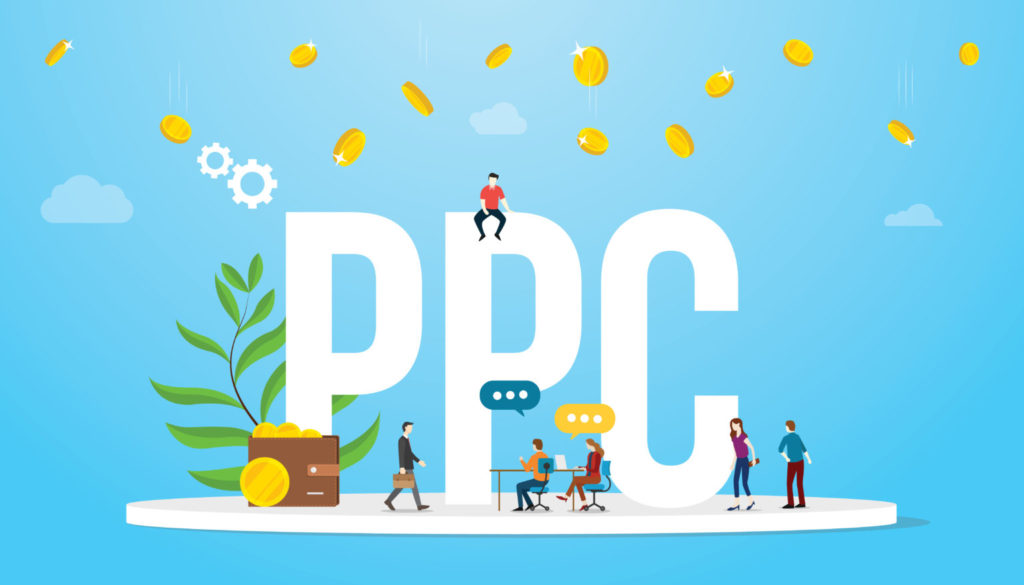
With so much competition in online advertising, coming up with creative ad copy to engage your audience is no easy feat. In a recent webinar hosted by Microsoft Bing Ads, Senior Client Development & Training Manager Purna Virji provided attendees with several practical tips and resources on the science & art of ad copy testing.
In her portion of the webinar, Virji provides several PPC ad copy tips including how marketers should think more like lizards when it comes to crafting ad copy. What in the world does a lizard have to do with PPC ads? Well, let us explain.
According to neuroscience, the human brain developed in three different sections:
- Human (or neocortex) – responsible for intelligence and reasoning
- Mammalian (or limbic) – responsible for emotions
- Reptilian – responsible for survival or “fight or flight” instincts
Virji comments we tend to make most of our decisions with our Reptilian brain, which is motivated by five principles: pain, fear, emotion, ego and contrast. By leveraging these principles, you can start testing new PPC ads to help boost your click-through rate and conversions.
Pain
While pain may sound like a negative motivator to target in your audience, it can actually act as a powerful angle to get your audience to perform an action. Take, for instance, the following statement: “Struggling to stay awake? Need help focusing at work? Try [product]!”
By thinking about your audience’s pain points, you can call out their pain in your ad copy and highlight your solution.
Emotion
Emotions are the feelings we get as human beings when we participate in an action. For example, sharing a meal with your friends may invoke warmth, joy, and caring. In ad copy, consider testing words related to the feelings that should come after your audience uses your product/services.
Consider what moves your customer and use that to build a connection.
Fear
Fear, like Pain, can also be a powerful motivator if leveraged correctly. Big name brands, such as Nike, utilize fear in their tagline “Just Do It” by targeting their audience’s fear of missing out (also known as FOMO).
Think of what scares your customer and how your solution can help ease those fears in your ad copy.
Ego
In this case, ego refers to our inherent nature as human beings to possess some level of selfishness in our daily lives. As savvy buyers with endless choices for our purchasing needs, we are constantly thinking “what’s in it for me?” when we come across advertisements for the products/services we are interested in. Because of this, it is important to use the word “you” instead of “me” in your PPC ads.
Focus on the WIIFM (what’s in it for me) when writing ad copy that speaks to your audience’s ego.
Contrast
Using contrast to compare two brands or products in your ad copy can also help your ad stand out among your competition. Take the following ad from Samsung:
In this example, Samsung applied contrast in their ad copy by targeting users who were searching for Apple’s iPhone 6S and highlighting Samsung S6’s superior battery life.
Focus on the features that make you stand out and look for opportunities to call out flaws in competition in your ad copy.
PPC ad copy testing is an ongoing task, so remember to check your results regularly to ensure you are serving the best-performing ads. To watch their full webcast from Bing Ads for more tips and resources on ad copy testing, follow this link: The Art and Science of Ad Copy Testing.

There are no comments